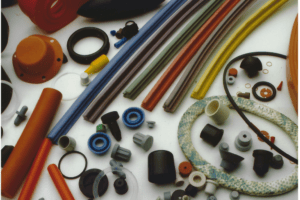Selecting the proper polymer material for your application is a critical aspect of the product design process. Ensuring that gaskets form a proper seal means that your product will perform properly in your customer’s application and not cost their business money through downtime and malfunctions. Determining the operating temperatures of your applications allows you to…

If it’s Soft and Pliable, CGR has Got it Covered
Getting the proper lamination for your products can mean the difference between a good, sturdy product that is protected or one that doesn’t measure up. When you need the right lamination for your item, CGR offers the right products to fit your needs. With lamination available for products that range in size from 0.062” to…

Top Questions You always Wanted To Ask About Cellular Rubber (And Probably Should Have!)
If rubber could talk, it would label us humans “ingrates”! We all realize the importance of steel and iron in our daily lives and indeed these metals are highly valued. But what about rubber? Without the elasticity and the tensile strength of this material, our modern world would be strangely dystopian. Everything from blankets to…

Not Your Average Tape
You may not even realize that you come across foam tape in your everyday life. It could have even been this morning when you opened your front door! Whenever there is a need to keep out water, dust, or to protect from UV exposure, foam tape can really come in handy. It’s so easy to…
